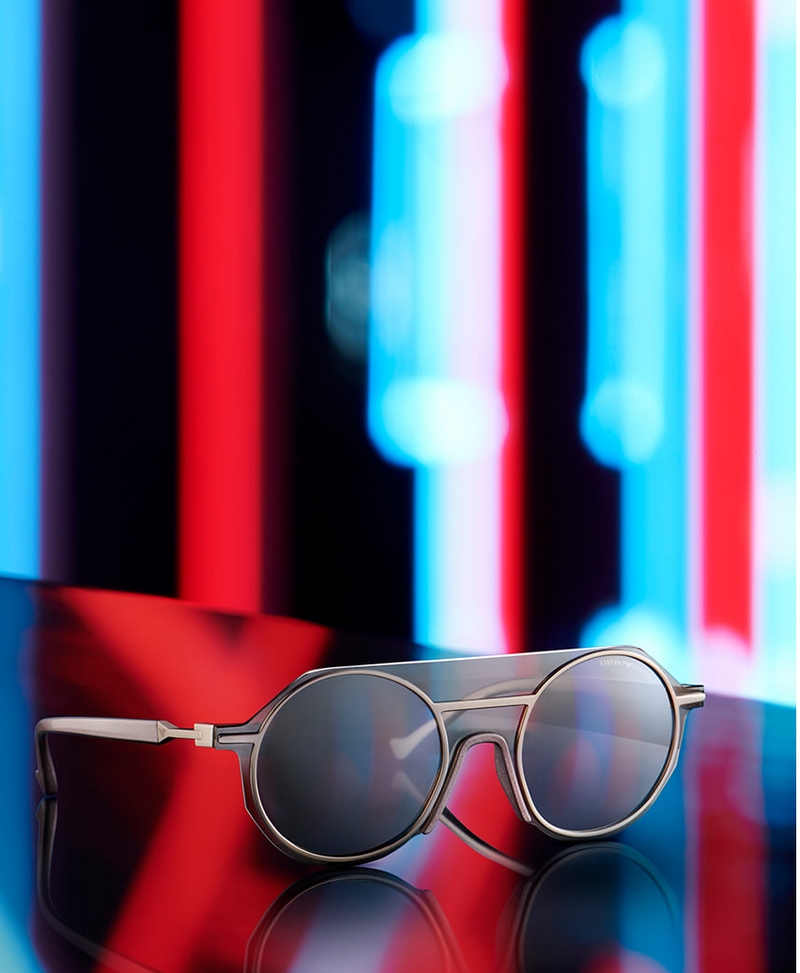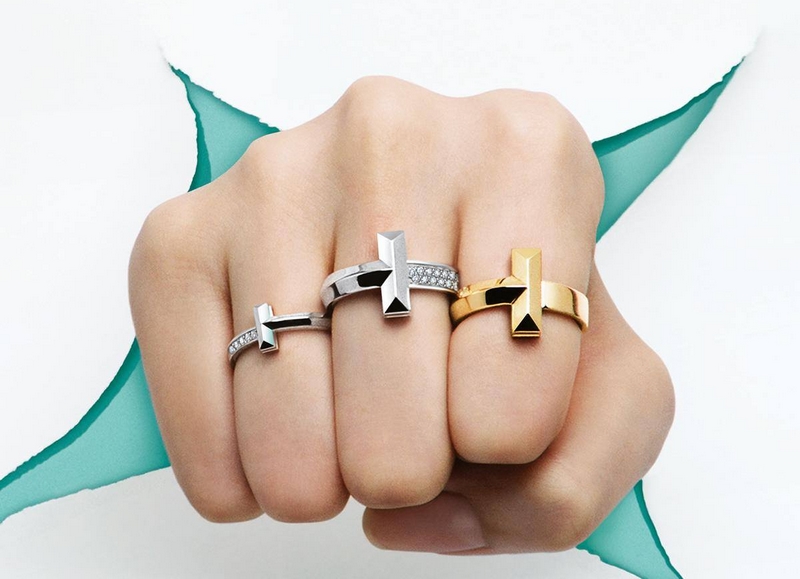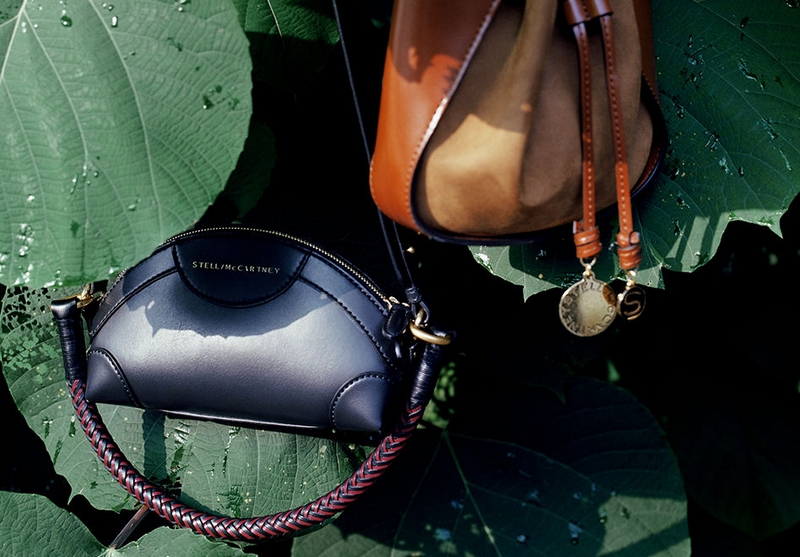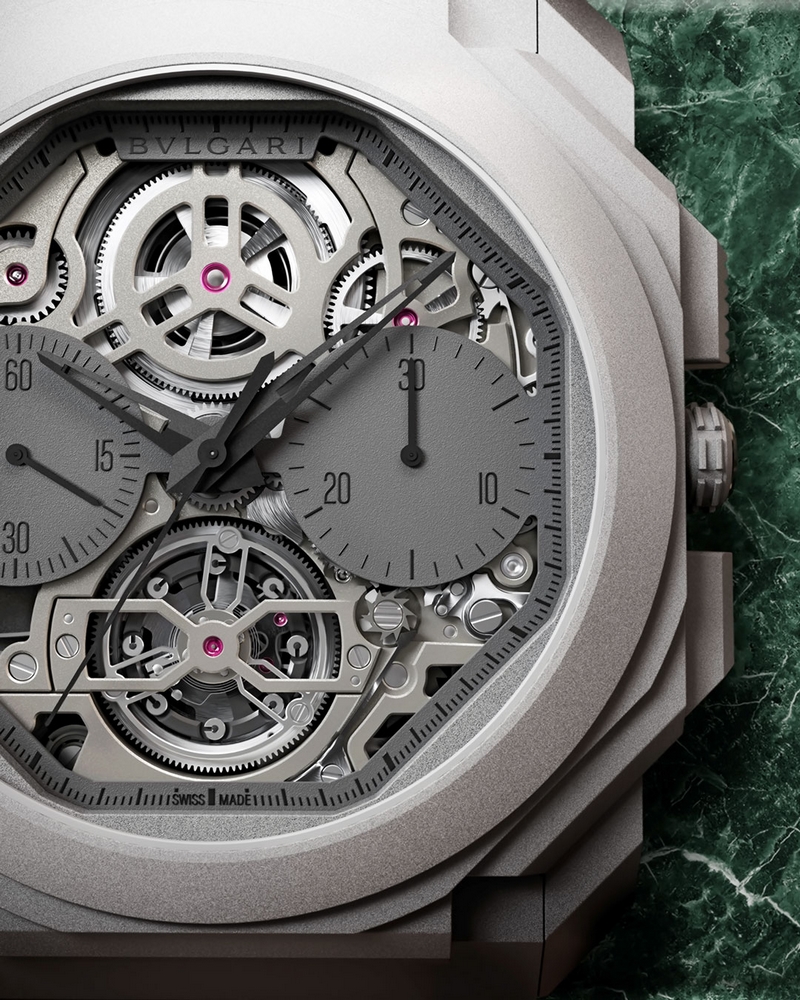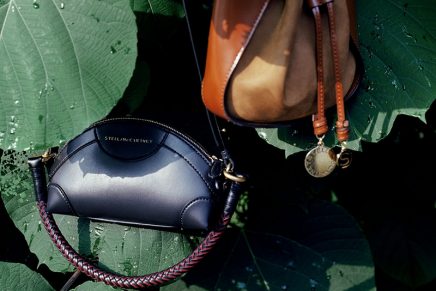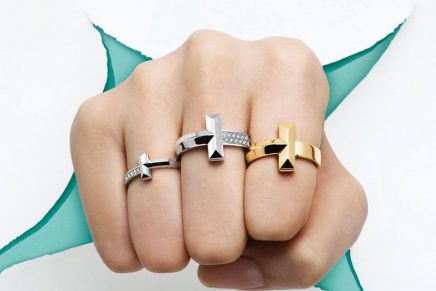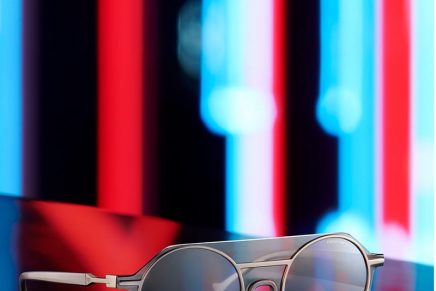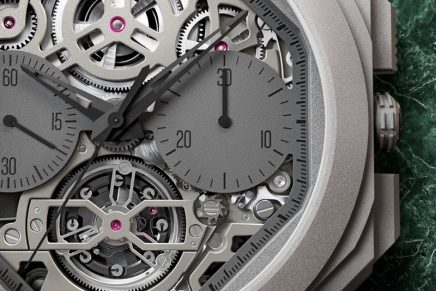2020 has been a difficult year for many industries, but the luxury goods industry was among the hardest hit by market volatility and changes in customer behavior. As a well-established industry, players in the luxury goods market are not always the quickest to adapt either.
Nevertheless, there are trends forming in the luxury goods market, and they all point in the right direction. As new trends take shape, players are expected to adapt and benefit from market growth in order to maintain long-term sustainability. What are the top trends in the luxury goods market in 2020?
Customer Engagement Is Key
Customer engagement becomes a key focus of many luxury goods companies in the market. The reason behind this is simple: to keep customers happy – even when they are not shopping – you have to engage the customers with meaningful key messages.
Promotional offers never worked in the luxury goods market, so building a deeper and more meaningful relationship with the customers is the way to go. There are more ways to engage customers directly too Some luxury goods companies now offer concierge service and unique shopping experiences. That actually brings us to the next trend, which is….
Going Digital and Beyond
New methods of delivering a positive shopping experience are required, and technology provides a solution for that. Industry players now turn to mobile apps and technologies like augmented reality and virtual reality to bring their unique shopping experience to the customers.
Augmented reality, for instance, can help customers try new items without visiting the actual store. Developing AR apps is also easier, especially with more service providers offering their services. Combined with good customer service, going digital is an effective way to retain customers.
If you do develop a shopping app, consider functional testing as a step that must be completed. Functional testing ensures that all app features and the overall experience the app brings remains consistent. Global App Testing, a leading name in app testing, has the resources you need to understand testing further. They provide the ability to outsource functional testing and QA testing to fit your workflow, even making use of crowdtesting and intelligent automation to ensure product quality.
A Broader Appeal
Consolidation seems to be the hottest trend in the market right now. We’re seeing more collaborative efforts, mergers and brand consolidation, and even new brands being added to portfolios of top industry players. This is all about expanding the reach of the brand and appealing to more potential customers.
Brand reach and appeal are important ingredients in the luxury goods market. Customers are more selective with the brands they choose and the products they buy, so there is no better time to invest in brand appeal and consolidate portfolios than right now.
As an added bonus, brands are turning to data and customer insights when consolidating their portfolios and boosting brand appeal. Being data-driven has never been a thing in the luxury goods market, but that is now changing as more companies adopt data-driven decision-making.
Personalization Through Identity
Gone are the days of offering one line to all customers. The luxury goods market is now filled with items that can be personalized to the last detail. It started with luxury car manufacturers offering hundreds of possible variations to their customers. Now, everyone is doing it.
The next time you order a designer handbag online, you have the option to customize the lining fabric, the colors of certain elements, the hardware used on the bag, and even the pattern that you want to be displayed. Some brands even go as far as laser-etching customers’ initials on their products.
Personalization in messaging and customer engagement is also important. Customers in the luxury goods market love to be treated with the utmost care, and there are now more ways to do so, especially through digital channels and the mobile app we discussed earlier.
Long-Term Growth and Sustainability
Sustainability on its own is a big trend in the luxury market. Goods are being produced using renewable or reclaimed materials to make the whole industry friendlier to the environment. The use of reclaimed materials in particular – and some recycled materials available today – is a trend that must be appreciated.
Sustainability is not just the theme of the industry either. Top companies are beginning to think about the sustainability of their operations. Some are starting to reduce the number of retailers they maintain while switching to digital storefronts and unconventional sales methods. Fortunately, these are moves that can be made while maintaining that luxurious experience.
The endgame is long-term growth rather than instant wins, and that’s the most important trend of them all. While the luxury goods market may be the hardest hit by recent market changes, it is also the most fundamentally solid as an industry. Key players are adapting to the new market characteristics and the new generation of customers by being innovative, trying new things, and exploring new avenues. Innovation in the luxury goods industry? Sounds like a recipe for success, doesn’t it?

